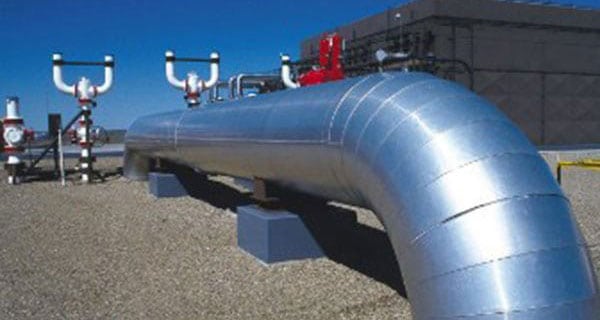Total capital expenditures in Alberta’s oil and gas sector decreased by an estimated 31 per cent to $18.9 billion in 2019, according to a new report by the Alberta Energy Regulator.
It said low energy prices, market access constraints, and higher-efficiency wells led to less capital spent on drilling programs. Several larger oil sands producers have deferred larger projects due to market and policy uncertainties, while also focusing on free cash flow towards debt repayment, increased dividends, and stock buybacks over reinvestment in capital programs, it added.
“Emerging from the challenges at the end of 2018, the oil and gas industry in Alberta adjusted to and overcame several obstacles in 2019. Despite continued market access constraints and policy uncertainties, Alberta prices and production generally improved year-over-year,” said the report, adding that the industry is expected to face significant headwinds in 2020 largely due to effects of the coronavirus disease 2019 (COVID-19).
“The North American benchmark prices for light sweet crude oil (West Texas Intermediate [WTI]) and natural gas (Henry Hub) decreased in 2019 relative to 2018, but Alberta producers were able to capture a higher price for their oil and gas. The Canadian Light Sweet (CLS), Western Canadian Select (WCS), and Alberta’s natural gas at AECO-C prices increased, narrowing the gap with the U.S. prices. Improvements in market access, key U.S. refineries coming back on line, and Alberta’s production curtailment rules played a significant role in narrowing the price differentials between the province and the United States. Pipeline project delays, maintenance schedules, and the higher cost of rail service are still persistent challenges contributing to the difference between Alberta’s pricing and the North American benchmark.
“Alberta’s crude oil producers started the year with a significant improvement in oil prices after the implementation of the curtailment rules in January 2019. The differential between WCS and WTI decreased from US$42.71 per barrel (bbl) in December 2018 to US$17.08/bbl in January 2019 and remained under US$13.00/bbl for most of the year. Even though crude-by-rail transportation increased in 2019, narrow differentials proved to be challenging to producers considering rail due to transportation economics. A narrow differential does not provide enough incentive to cover the higher cost of transportation by rail. An estimated price differential between US$15.00/bbl and US$20.00/bbl is considered to be an economic range for exporting oil by rail from Alberta to key destinations in North America, including the U.S. Gulf Coast. As the curtailment program relaxed and price differentials widened, producers with long-term rail contracts and facilities increased rail volumes starting in the second quarter in 2019.”
According to the Canadian Association of Petroleum Producers, capital investment in Canada for the upstream oil and gas industry is now forecast to decline to $23.3 billion this year. In January, CAPP released its 2019 estimate and 2020 forecast with the estimate at $35.1 billion and the forecast of $37 billion.
Production cuts total almost 800,000 barrels of oil equivalent per day so far this year and jump to 1.2 million including rescheduled upgrader turnarounds.

